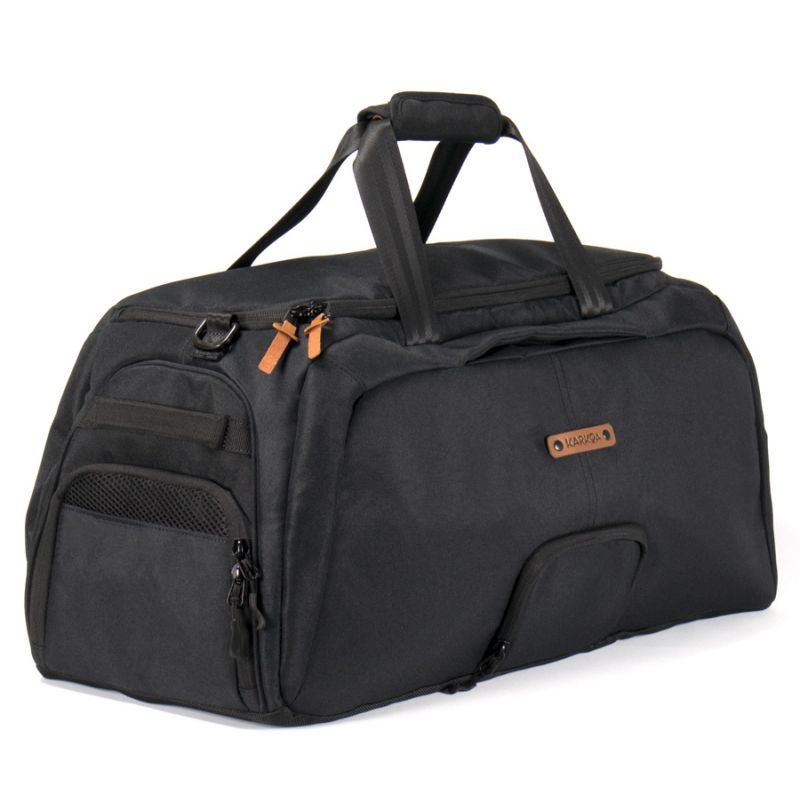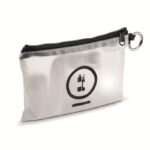If you’re not yet familiar with all the particularities of this sport and want to understand it, or if you’re missing some information about refereeing, here’s everything you need to know to understand the decisions that are taken.
As with all sports, handball has its own rules and, as a result, its own penalties and refereeing procedures. Here’s a quick overview of the situations you might encounter, whether you’re on the pitch or in the stands.
What is permitted and what is prohibited in handball
Before getting to the heart of the matter, it is important to understand the very principle of handball, and with it the actions that are permitted and those that are formally prohibited. This is quite simply the basis of the rules of the game, which then involve fouls and sanctions at different levels.
Authorised actions
Handball is a sport played on a covered artificial pitch, and involves passing the ball from hand to hand to score points in the opposition’s goal. In both attack and defence, players are allowed to :
- Take a maximum of 3 steps forward without dribbling.
- Keep the ball stationary for a maximum of 3 seconds.
- Touch the ball with any part of the body, except below the knees. There are no restrictions for the goalkeeper.
- To prevent a player in possession of the ball from advancing by making a “block” with his body.
Handball fouls
On the other hand, these authorised actions imply obvious prohibitions, which are immediately pointed out by the referee and may be subject to penalties of varying severity. Players are not allowed to :
- Walk more than 3 steps without dribbling.
- Restart a dribble after interrupting it.
- Taking the ball directly from an opponent’s hand.
- Pushing or holding a player by force.
- Touch the ball with your feet or shins.
- Stand still for more than 3 seconds with the ball in your hand.
The various penalties
There are two main types of penalty for fouls that occur during the playing phase and do not involve health or disciplinary problems. Their application depends on the seriousness of the offence, but also on where on the pitch the offence was committed.
The free throw
This is the most common penalty on a handball court. It follows an error committed in play and must be carried out as quickly as possible to avoid delays in play. As a general rule, this penalty is applied immediately by the players.
The free-throw consists of putting the ball back into play from the place where the foul was committed. The player designated to take the throw then has free rein in the direction of the opposing goal, as the other players must be at least 3 metres from the ball.
The 7-metre throw
Responding to a more serious offence, the 7-metre throw is also known as a penalty kick. It consists of a face-off between a player and the opposing team’s goalkeeper, at a distance of 7 metres from the goal.
It is whistled when a foul has been committed in the 9-metre area around the goals and requires play to be stopped. The player designated to take the penalty kick must then wait for the referee’s whistle before taking the kick.
Handball refereeing
Now that you have the main rules of handball in mind, it’s time to look at refereeing itself. There are two methods of refereeing in handball. Most fouls are signalled by well-honed gestures, but the referee can also use cards to impose disciplinary sanctions.
The referee’s body language
Armed with his whistle, the referee’s job is to point out any fouls or irregularities that he observes during the match. To do this, they follow a precise set of gestures that enable everyone to understand what the players are being accused of. The most common gestures include :
- A walk of more than 3 steps without dribbling, or holding the ball for more than 3 seconds, signalled by a reel with the hands.
- Opposing fists in front of the torso indicate that a defender has restrained an opponent by force.
- If the dribble is resumed, the referee signals this by making a scissors gesture with his arms outstretched in front of him.
- An outstretched arm, palm towards the ground, is used to penalise a player for encroaching on the goal area.
- A passage en force is indicated by the closed fist striking the open palm of the other hand.
- A raised arm, palm open, signals a warning for play that is considered too passive on the part of a team.
- A raised arm with two fingers extended, combined with the other arm pointing at a player, indicates a 2-minute exclusion.
- When a player is sent off, his arms are raised above his head in the shape of a cross.
Cardboard boxes
In addition to the gestures we have just described, handball referees also use different coloured cards in the event of very serious fouls. They can be used to deal with complex situations:
- The yellow card is a warning for inappropriate behaviour. It has no immediate impact but can be doubled or tripled during the match, leading to a red card, for example.
- The red card punishes more serious behaviour that endangers the safety or health of another player. It leads to a temporary ban, followed by a permanent ban in the event of a repeat offence.
- The blue card is used in addition to the red card. If the referee decides to use it, the player concerned will be suspended for several matches and a disciplinary report will be drawn up.
Ready for your next handball match?
Now you know what handball fouls are and how they’re called. You can prepare your handbag for your next match! Think of Karkoa sports bags, renowned for their clever compartments for storing shoes, ball, bottle, towel and even computer…












